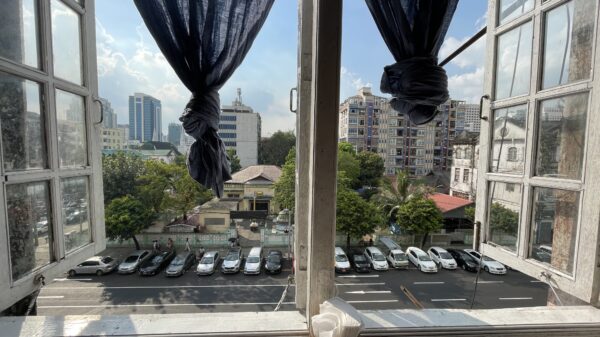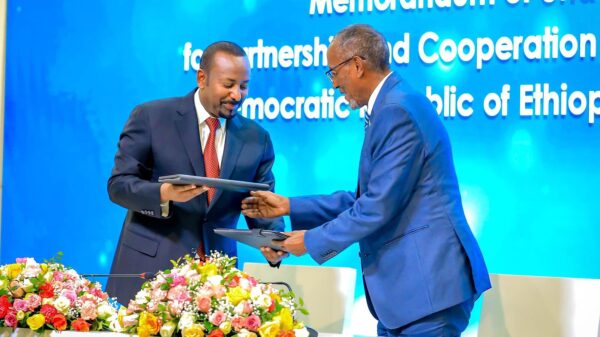Roar writer Amiya Johar explores how the recent Hathras gang rape reflects the gendered sexual violence and caste-based discrimination rooted in the social landscape of India.
A rape occurs in India every 16 minutes. Within the hour between your dinner and bedtime, approximately 4 women will have been sexually assaulted in my country. With nearly 99% of rapes unaccounted for and a shameful conviction rate of 19%, India has been infamously dubbed the most dangerous country in which to be a woman. The recent and nightmarish gang rape of a nineteen-year-old woman in the Hathras region of Uttar Pradesh has enraged the population.
The teenager was raped by four men, who strangled her, lacerated her tongue, and inflicted severe spinal wounds which resulted in her paralysis. A medical investigation to confirm sexual assault was allegedly not carried out until several days afterwards. A senior official claimed that the case was not one of sexual assault due to the absence of semen in the victim’s viscera sample. This is an aggravating dismissal of the anti-rape law passed in India following the harrowing Nirbhaya rape case of 2012. Its introduction expanded the definition of rape to include the absence of semen. Evidently, the country’s law enforcement agencies are either somehow unaware of this or feigning ignorance.
On September 29, after an anguished week in a Delhi hospital, the victim succumbed to her injuries after naming the perpetrators, who have since been arrested. However, in a sickening turn of events, the victim’s family were robbed of performing her last rites when the local police forcibly cremated her body late one night, without the consent of her family, whom they barricaded inside their home.
The victim is theorized to have been targeted as a member of India’s lowest caste, the Dalits, by four Rajput “upper-caste†men. India’s outdated and frankly inhumane caste system still dictates the country’s social structure and political system, despite the Indian constitution having banned caste-based discrimination in the nation.
The Dalits, also termed the “untouchablesâ€, are a severely oppressed, outcast, and mistreated community in India, historically assigned to menial labour and excluded from the conventional Hindu caste hierarchy. In India, specifically its rural regions, the female body is treated like a battleground in the exchange of patriarchal power. The honor of a family is reduced to the “purity†of what’s between a woman’s legs. This obsession with a woman’s virginity, which screams sexual repression, is exploited and weaponised by men. Such is the nature of gendered violence in India, amplified manifold when sex intersects caste; “lower-caste†women have been targeted by “upper-caste†men for centuries, who rape and assault them, reassured that their crime will go unreported or that they will be absolved due to their social privilege.

In India, Dalit women have experienced systemic oppression and hate crimes- exemplified by the Hathras gang rape.
Were the local police’s unpardonable actions an attempt to thwart an investigation of the victim’s body by eradicating medical evidence of the sexual assault? Was this done in an attempt to safeguard the upper-caste perpetrators? Such chilling speculations infuriate me because of their plausibility, considering the suspicious nature of the illicit night-time cremation. As if being a woman in a country of widespread rape and commonplace sexual harassment wasn’t enough, the very body of law that vows to protect its citizens indiscriminately is an alleged perpetrator of such crime; a suppressor of victims, and an obstructor of justice. The district magistrate of Uttar Pradesh, Praveen Kumar Laxkar – a member of the central government, the Bharatiya Janta Party (BJP) – has been accused of threatening the victim’s family into silence after a video of his conversation with them emerged online.
In 2017, the government issued a controversial ban on the sale and consumption of beef across the nation. It is conjectured that the action was rooted in the BJP’s Hindutva ideology, since cows are considered sacred in Hinduism. The surmised religiosity of this move is rather questionable in a nation whose constitution celebrates secularism. Why has the butchering of cows warranted greater action from the government than the malevolent violation and slaughter of women?
The heinous gang rape and the subsequent actions of the police have incited fervent public outrage across India, with protests erupting across cities like Delhi, Mumbai, Agra, and Kolkata. The village of Hathras has been barricaded, curfews have been imposed, and the media have been blocked from entering. Moreover, the village-wide ban on media is suppressing all reports of protests within Hathras, where the victim’s family have allegedly been placed under house arrest. Who can India turn to in the face of this barbaric injustice when its perpetrators are seated in our law enforcement offices?
The systemic casteism plaguing India, the patriarchal social structure, and the cultural suppression of women combine in a malignant cocktail. Being a woman of India, I can attest to the fact that nearly every Indian woman in my life has experienced some form of sexual harassment in our country. They narrate their experiences unflinchingly, almost in resignation and acceptance of such transgressions. Women and minorities in India are being orphaned by their own justice system – an issue that has taken many forms globally, especially in recent times.
To all my fellow Indians: consider this your call to action. Stand by the vulnerable population, defend your women, and reject the caste-based discrimination pervasive in our social landscape. Protests, social media activism, and your persistent, vocal rejection of the orthodox social narrative are all indispensably important to drive change. Your silence and inaction is complacency.
BA Culture, Media and Creative Industries student. Writer for Roar News' Culture and Comment. Poet. Artist. Puppy person.



















